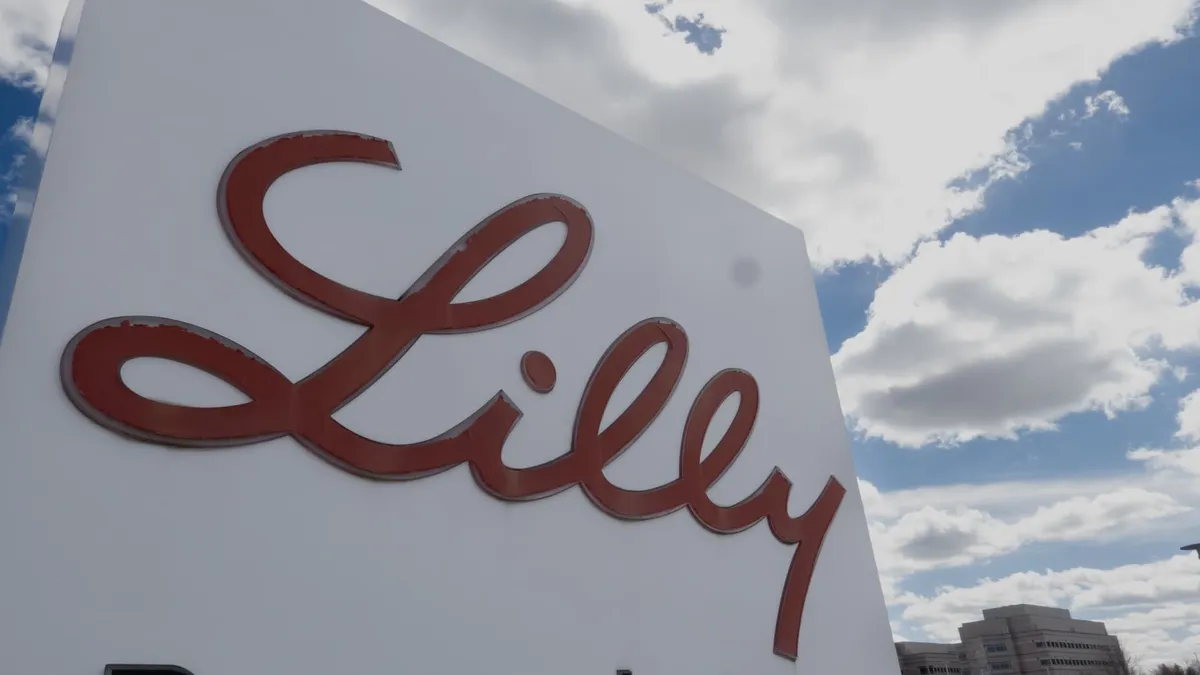
Patients, healthcare providers, and investors are eagerly awaiting significant advancements in the weight loss drug market, particularly with Eli Lilly's upcoming treatment, orforglipron. This innovative once-daily obesity pill is poised to disrupt the flourishing weight loss medication sector. Eli Lilly plans to unveil initial results from several late-stage clinical trials this year, with expectations set for comprehensive data from five studies targeting patients with Type 2 diabetes and two trials focused on individuals with obesity by 2025.
Analysts predict that orforglipron could match the effectiveness, safety, and tolerability of Novo Nordisk's semaglutide, which is the active ingredient in the widely used but expensive weight loss injection Wegovy and diabetes medication Ozempic. The trial results are being closely monitored within the pharmaceutical industry, as they represent a crucial step toward offering a new, needle-free alternative for managing weight and diabetes. Dr. Eduardo Grunvald, medical director at UC San Diego's Center for Advanced Weight Management, remarked that this development could significantly expand access to obesity treatments and alleviate current supply shortages of injectable medications.
If successful, orforglipron would mark a significant milestone as the first oral version of a GLP-1 medication, potentially allowing Eli Lilly to capture a larger market share in the weight loss and diabetes drug sector. According to Guggenheim analyst Seamus Fernandez, Eli Lilly is currently about three years ahead of other pharmaceutical companies developing similar oral medications, including Pfizer, AstraZeneca, and Roche. With projections estimating that the market for GLP-1 drugs could exceed $150 billion annually by the early 2030s, Eli Lilly's oral GLP-1 could represent a substantial portion of that market, potentially reaching $50 billion.
Orforglipron operates similarly to existing medications like Wegovy and Ozempic, targeting the gut hormone GLP-1 to help suppress appetite and regulate blood sugar levels. However, unlike those treatments, orforglipron is not a peptide medication, which means it is absorbed more efficiently in the body and does not impose the same dietary restrictions as Rybelsus. While the pricing and insurance coverage for orforglipron remain uncertain, its production is expected to be simpler than that of injectable medications, which may enhance its accessibility.
Eli Lilly's CEO, Dave Ricks, indicated that the pill could receive regulatory approval in the U.S. as early as 2026. Furthermore, the company reported a nearly $550 million pre-launch inventory charge for orforglipron, suggesting confidence in the drug's potential based on trial outcomes. Eli Lilly has already seen significant financial success from its other GLP-1-based treatments like tirzepatide, which has propelled the company to become the largest pharmaceutical and healthcare firm by market capitalization, valued at approximately $814 billion.
While existing injections may remain popular, the convenience of a once-daily pill could greatly benefit patients seeking a simpler treatment option. As the industry shifts towards more personalized medication approaches, orforglipron could attract patients who prefer oral medications over injections, especially those who are needle-averse. Additionally, the pill could serve markets lacking the infrastructure to support cold supply chains necessary for injectable drugs.
Patients who have previously lost weight on injections and are seeking long-term maintenance options may find orforglipron appealing. The ongoing phase three trial known as SURMOUNT-5 is specifically examining orforglipron as a maintenance treatment for individuals previously treated with tirzepatide, with results expected in early 2026.
Despite the anticipated advantages of orforglipron, challenges regarding pricing and insurance coverage persist. Analysts are skeptical that orforglipron will be priced significantly lower than existing injections, as drug pricing typically reflects the treatment's value, independent of its administration method. Currently, Rybelsus and Ozempic are priced similarly at around $997 per month, while Wegovy's cost is nearly $1,350 per month.
Some experts predict that orforglipron could be priced at a slight discount compared to Zepbound, potentially making it more affordable than Wegovy. However, coverage for obesity medications remains inconsistent, with many insurance plans reluctant to cover treatments deemed cosmetic.
Analysts forecast that orforglipron will demonstrate effectiveness comparable to or slightly less than injectable semaglutide, achieving weight loss of approximately 13% to 15% in obesity patients. In a previous phase two trial, participants who took the maximum dose of orforglipron lost an average of 13.5% of their body weight after 36 weeks, contrasting sharply with the 2.3% weight loss observed in the placebo group.
As the phase three trial progresses, key focus areas will include the drug's tolerability, particularly regarding gastrointestinal side effects. Managing these side effects is crucial, as they can lead to discontinuation of treatment. Eli Lilly is aiming for nausea rates below 25% and low double-digit vomiting rates among diabetes patients.
As Eli Lilly works toward the launch of orforglipron, competition remains intense among pharmaceutical companies developing their own oral weight loss medications. Pfizer, AstraZeneca, Roche, Viking Therapeutics, and others are all pursuing oral GLP-1 drugs, with varying degrees of progress.
Overall, the introduction of orforglipron could revolutionize the weight loss treatment landscape, providing a new, accessible option for patients seeking effective management of obesity and diabetes.